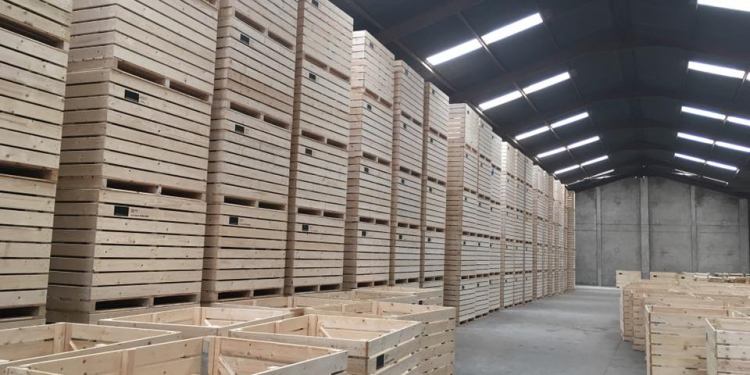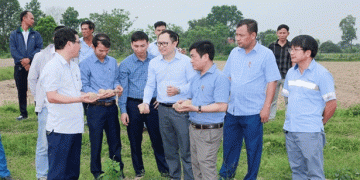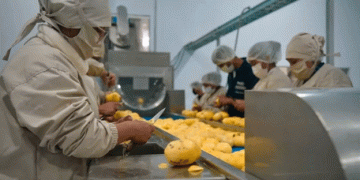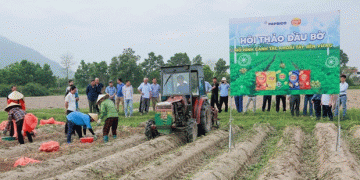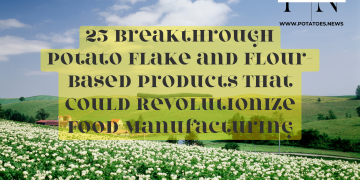With the cost of doing business skyrocketing, producers need a seed regulatory system that delivers faster access to innovative varieties that are also affordable.
If there’s one word that defines a modern seed regulatory system, it’s trust.
That was the message heard by attendees of Seed Summit 2022 this week, which brought together five speakers who fleshed out how to get producers involved in a bigger way in the Seed Regulatory Modernization process and ensure it helps drive innovation at both the industry and farming levels. Sounds simple enough, but according to keynote speaker Shaun Haney, the road to creating a modern and effective regulatory system can be a bumpy one.
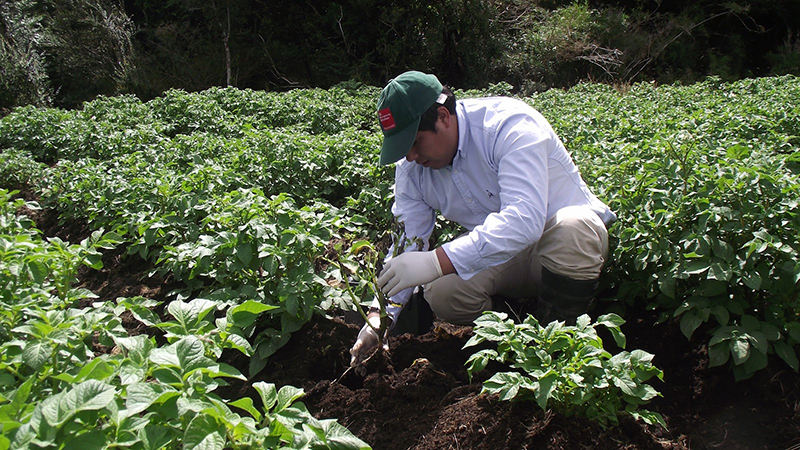
Haney said it’s crucial everyone involved in the Seed Regulatory Modernization process — from industry to farmers — trust one another to put everyone’s best interests at the forefront of the process. “If you’re not willing to open yourself up to trusting the other side, no matter what side you’re on, it’s really hard to have collaboration and to make change. How do we build more trust amongst the stakeholders?” said Haney, a former seed grower and owner of RealAgriculture.
“This shouldn’t be about power or who gets to control what. I’ve heard from SRM stakeholders who basically say, ‘How do we craft this so that it’s advantageous to whatever our interests are?’ I encourage people to not do that.” Seed Summit 2022, taking place over three consecutive weeks during the month of February, brings together stakeholders from across the value chain to talk about why and how Canada’s seed regulatory framework can be changed to for the betterment of Canada’s seed and agricultural sectors.
Last week’s session covered the topic of Canada’ Seed System: Past, Present and Future. This week’s topic was Understanding and Meeting the Needs of Producers. According to panel member Mark Huston, who operates Huston Farms in Thamesville, Ont., producers want certainty when they buy seed; they want to know what they purchase is what they’re going to be given.
“The predictability of the seed regulations is very important in helping producers develop that trust you have to have in the system,” he said. “If we want less regulation, how do we balance that from a risk standpoint?” Jonathan Nyborg, president of Nyborg Farms in New Brunswick, said along with modernizing a regulatory system that puts cutting-edge genetics in producers’ hands faster, we need to continue to make farming affordable.
“We have to ask ourselves the question, what’s driving the cost to producers? We’re coming out of an extremely difficult year; commodity prices are shooting up and at the same time so are input costs. Fertilizer is going through the roof. Seed, obviously, is going to be higher priced. Fuel costs are rising. That’s something to keep our eye on so we continue to make our industry sustainable,” Nyborg said.
Adding insult to injury for producers is Canada’s inflation rate, which rose to 5.1% this week — its highest level since 1991. That means the risk to producers of doing business is rising along with the cost of doing business, noted Rob Hannam, founder of Synthesis Agri-Food Network. He said farmer involvement is key in paving the path forward.
“Farmers buy the seed; they plant the crop and take the risk. [Improving our seed regulatory system] shouldn’t be viewed as a seed company or a seed grower-led initiative; it should be a farmer-led initiative, and it absolutely should involve seed growers and seed companies and grain companies that buy the crops,” Hannam said.
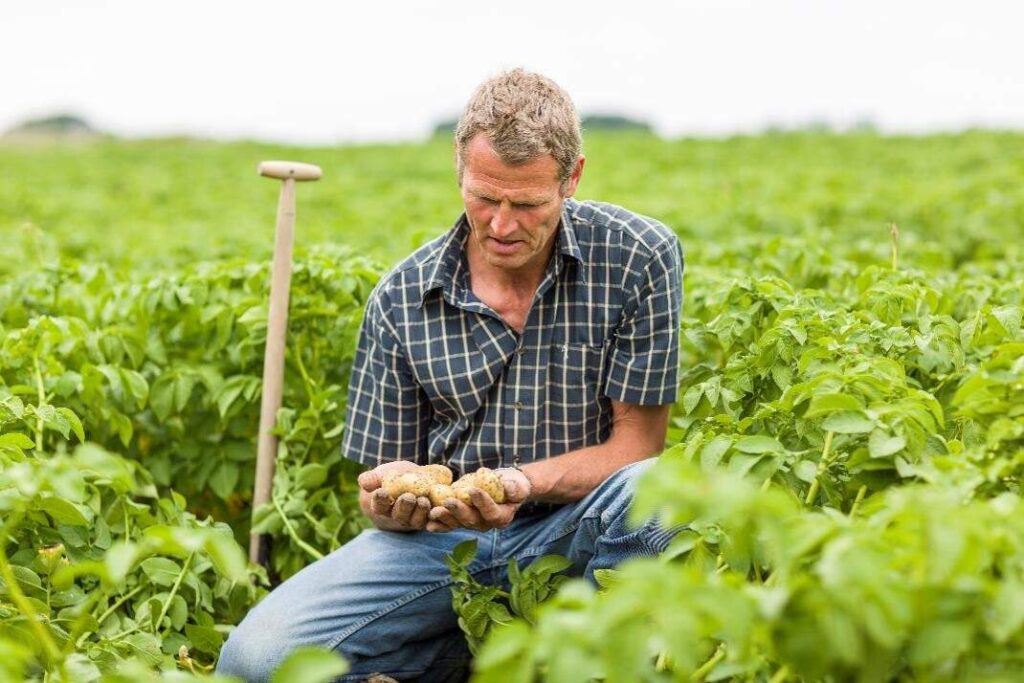
“Farmers should all be demanding better varieties faster, and I’d like to see more farmer-driven leadership in seed, rather than just seed growers and seed companies recommending how to modernize the regulations.”
Price Efficiency
That new variety uptake would, of course, drive certified seed usage, but only if we can drive price efficiency at the same time, said Nick Sekulic, general manager of Prestville Farms in Alberta. “We have to make sure that we’ve got the right value proposition on new genetics. Market-based factors will drive that. I’m not certain we have that right now in all aspects of our regulatory framework,” he said.
“The biggest challenge we have is overcoming the hurdle of the cost difference between the farmer customer utilizing his own second or third-generation cereal seed on his farm, versus buying pedigreed seed from me, where all my costs have to be factored in. Right now, that gap is huge.”
Certified seed makes up a small proportion of total cereal seed planted in Canada. The 2018 report Canada’s Seed System: Economic Impact Assessment and Risk Analysis, conducted by the Canadian Seed Trade Association (which merged with three other seed industry associations to form Seeds Canada last year), says that only about 20% of commercial spring wheat acres in Western Canada were planted with Certified seed from 2012-2014.
Changing that, Haney added, requires big ideas that go beyond borders. “I’d encourage you all to look abroad for ideas. We may not have all the answers in Canada; we have a very good system; we can agree on that. That said, don’t be scared of emulation. In Canada we often have the idea that our system is the best and we shouldn’t tinker with it, but we shouldn’t be afraid of change because the fact is it can be a huge benefit,” Haney said.
Haney used the example of the Canadian healthcare system, which has come under criticism during the past two years.
“All it took was a pandemic to identify some areas where we have some real improvement to make, especially when it comes to things like ICU capacity. Sure, maybe there are some things that our American neigh-bours do that we can emulate that would make our system a little bit better, but that doesn’t mean we need an American healthcare system.”
